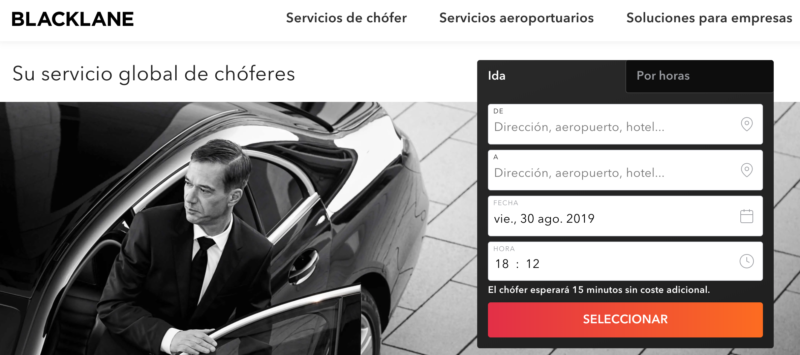
Here are my notes on copying remote keys for your garage.
Some garage door companies lock the reception box so you cannot add any more remotes unless you go through them. This is what most people do anyway. It’s a perfectly valid way of going about things, but you give these companies the opportunity to charge you 50-100 euros when you can do it yourself for half price or less.
If you want to do it yourself, read on.
You will need to buy the HR Matic remote which is the best remote I found. You can buy it on Amazon or directly from the manufacturer and distributors.
Some remotes have fixed codes and others have rolling codes, which makes them harder to copy. You might need to open the receiver box in your garage and press a button on the board to add your new remote control to the list of allowed remotes.



 When you buy spectacles/glasses it’s important to buy the right fit, style and color for your face. Most of the times when you visit shops the attendants won’t really give you any assistance about the matter, and I really hate visiting spectacles shops in general.
When you buy spectacles/glasses it’s important to buy the right fit, style and color for your face. Most of the times when you visit shops the attendants won’t really give you any assistance about the matter, and I really hate visiting spectacles shops in general.